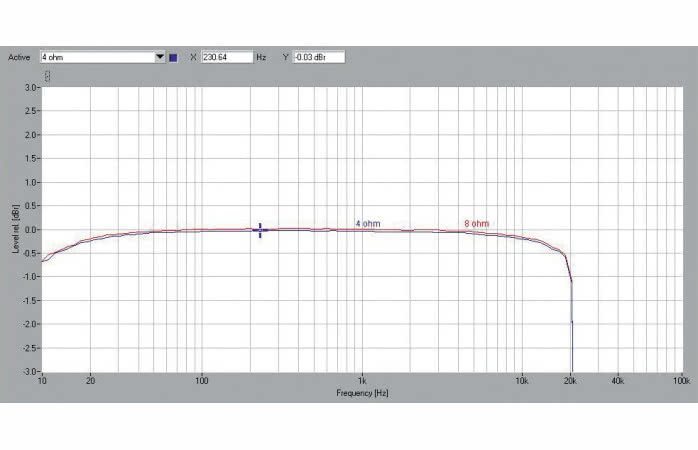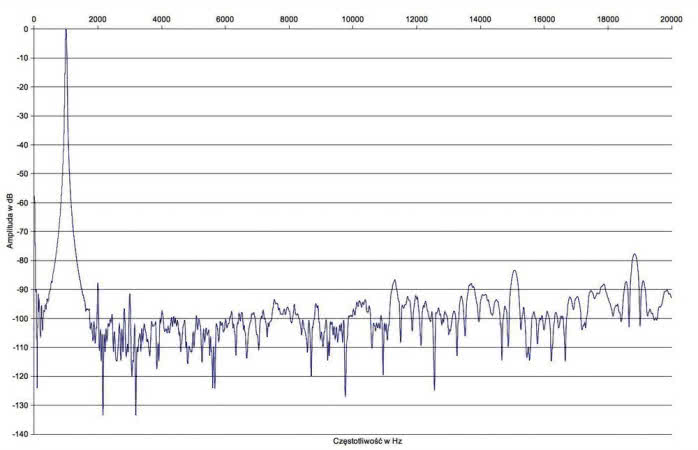I bought a NAD M10 from Crutchfield a few months ago and sent it back after a week.
I think it is *very* expensive for what it delivers. The deal-killer for me was the discovery that you cannot use the M10 with wired (non-Bluetooth) headphones. I assumed you could use the M10's PreOuts to a headphone amp. I was wrong. Or rather, you can use the PreOuts to a headphone amp, provided you disconnect your speakers, which is in no way a viable work-around. NAD confirmed in an email to me that they have no plans to correct this issue.
I returned the M10 and bought a Bluesound Node 2i (also engineered by NAD, iirc) and Yamaha integrated amp for a fraction of the price. Works great.
Unless you really need tech like Dirac room correction, I'd say steer clear of the M10. It is unquestionably a beautifully designed and high-quality construction piece of kit, which sounds marvelous. But there are much cheaper ways to get hi-res streaming, like via the Node 2i...



